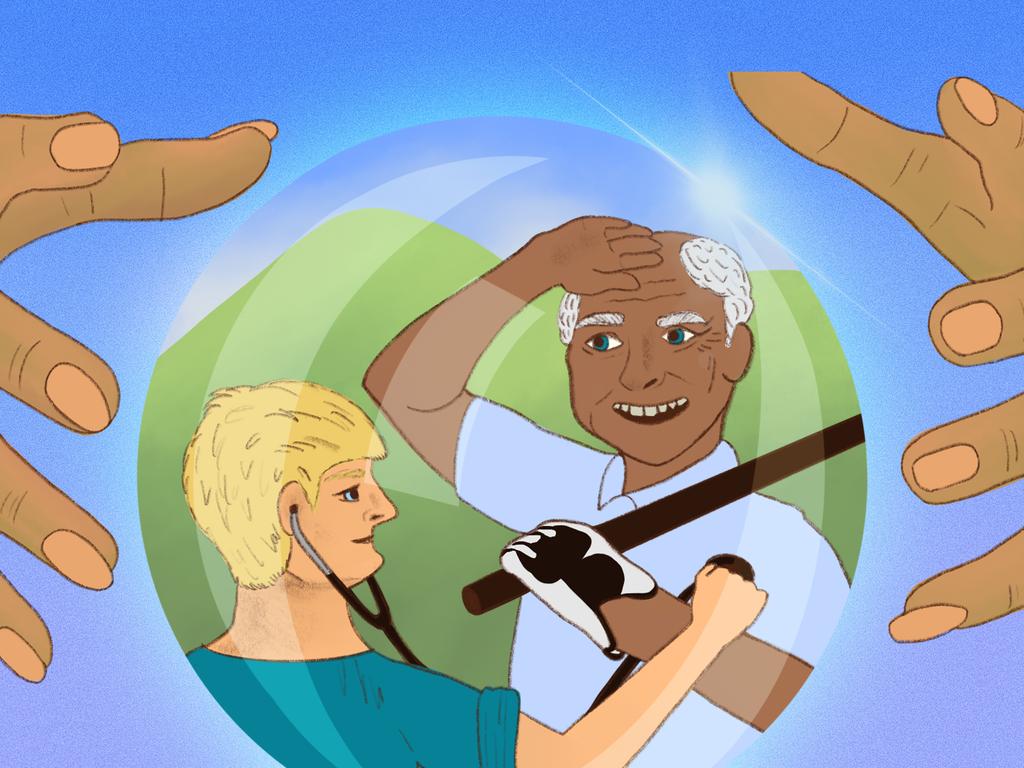We’re in good shape on international welfare comparisons
An international comparison of welfare and wellbeing measures reveals Australia to be faring well, with few notable exceptions including work-life balance and personal safety.

Australia ranks surprisingly high on housing affordability and sits comfortably among the top developed countries in levels of tertiary education, disposable income and employment, but fares poorly on work-life balance and safety.
An Australian Institute of Health and Welfare report also finds that while we are fourth among OECD countries when it comes to life expectancy, we sit mid-table of the 38 countries for years lived in full health.
We rank low when it comes to personal safety, and last when it comes to the gender gap in feeling safe.
Two in three Australians say they feel safe walking alone at night, the ninth lowest in the OECD and below the average of 74 per cent. And while 80 per cent of men say they feel safe walking alone at night, just 50 per cent of women feel the same, the 30-percentage-point margin the widest among all developed countries
More broadly, the AIHW’s Australia’s Welfare 2023 report reveals a positive story when it comes to our place in the world.
We are almost at the top of the cultural diversity tree, sitting second highest in the OECD in terms of proportion of residents born overseas at 30 per cent, double the average.
Australian households had, on average, 81.8 per cent of their gross income available after housing costs were met in 2021, the most recent data.
This put us ninth on the league table, with Korea as the No. 1 ranked.
The “on average” is important, as those many Australians struggling to pay rent or mortgages are lumped in with households where housing costs apart from maintenance are no longer part of their everyday expenses.

Australian homes are the fourth biggest in the developed world, with an average 2.3 rooms per person in a dwelling coming in behind only Canada, the US and New Zealand.
Average household disposable income rates seventh among OECD countries with $US37,433.
Gross domestic product per capita in Australia sat at $US68,701 in 2022, eighth highest among developed countries, with Ireland among the highest at $US128,000.
Average incomes are just that, with the gap between rich and poor in Australia sitting around the OECD average on an international measure of income inequality, with the US and Britain faring worse.
With an unemployment rate still in the threes, it is a little surprising that Australia sits only 10th lowest among the OECD countries, with the Czech Republic, Korea and Japan the top three.
We do worse on entrenched unemployment, with the long-term rate putting us 15th among the 38 countries.
On international comparisons, we are working longer, with the most recent (though pre-Covid) data showing one in eight workers doing more than 50 hours a week, the seventh largest proportion among developed nations, but well behind league leader Mexico, where more than one in four people usually work that long.
Australia sits comfortably towards the top of the post-school education rankings, with half of those aged 25-64 having completed a tertiary course.
While we are fourth among developed countries on life expectancy, the story is not as clear cut.
When the time spent living with ill-health is factored in to calculate health-adjusted life expectancy, Australia falls to 19th out of the 38 countries.
STEPHEN LUNN







To join the conversation, please log in. Don't have an account? Register
Join the conversation, you are commenting as Logout